
By David Farkas, LeicaStore Miami
The Leica CL is an awesome little camera. Pure Leica DNA in a compact package with high quality TL lenses. And now that the L-mount alliance is a thing, more attention is being brought to cameras like the CL, which utilize the Leica L-mount. In fact, the Leica APS system cameras were the first to use this mount, beginning in 2014 with the introduction of the T (Typ 701).
Leica is strongly committed to continued support and development of its APS cameras. From the start, back in 2009 with the original Leica X1, guiding that effort has been Maike Harberts. She’s the product manager responsible for all APS cameras and the driving force in bringing some of the most innovative cameras in recent years to market. Prior to her work with the X, T, TL and CL, she was instrumental in the design of the S2. We had the opportunity to talk about the CL in particular and the APS System in general.
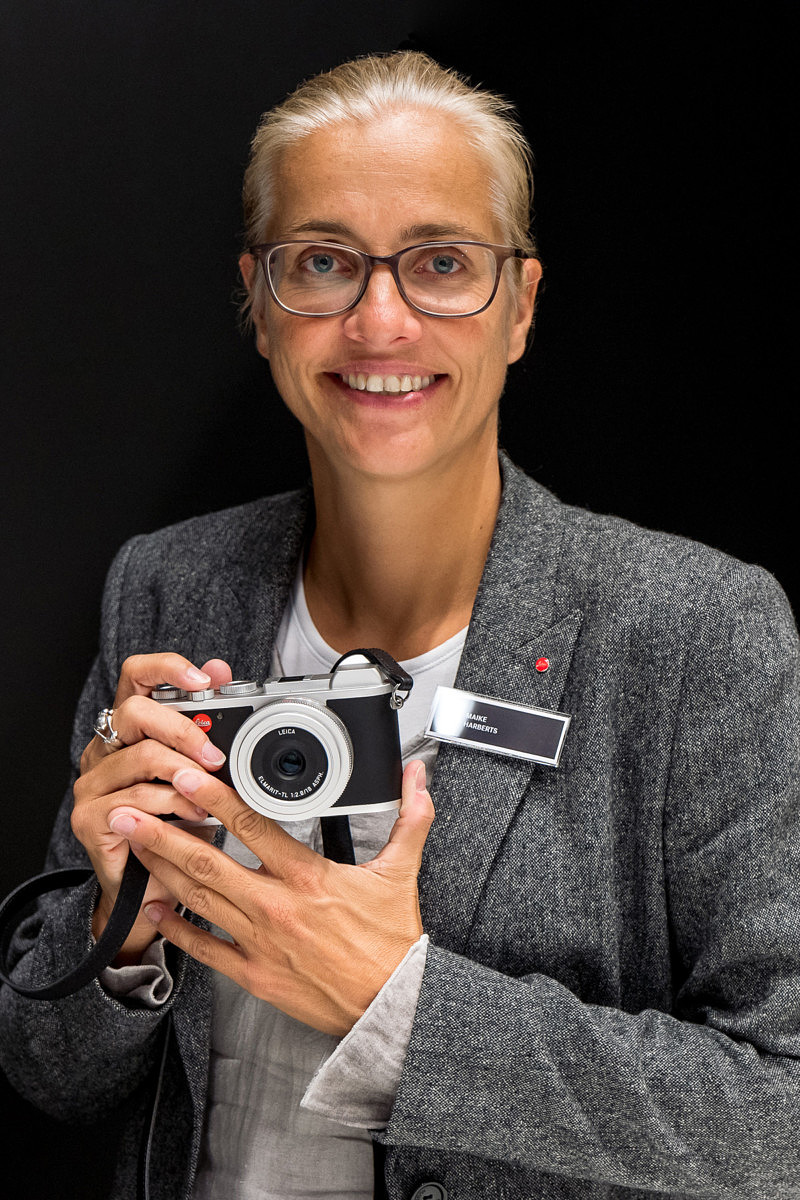
Maike Harberts
Tell me about the silver CL.
When we launched the black CL, we wanted to concentrate on being discreet. But silver and black is the classic combination. We already had silver lenses for the TL2, so it made sense to come out with the CL in silver. I like it, me personally.
Do you think the CL makes a good backup to the M10?
If something is good, why not use it? Some people like to have a backup camera, so the CL makes a nice backup to the M10. With a very similar control concept, people can feel very comfortable with the CL without a steep learning curve. And with the adapter, M lenses work extremely well on the CL.
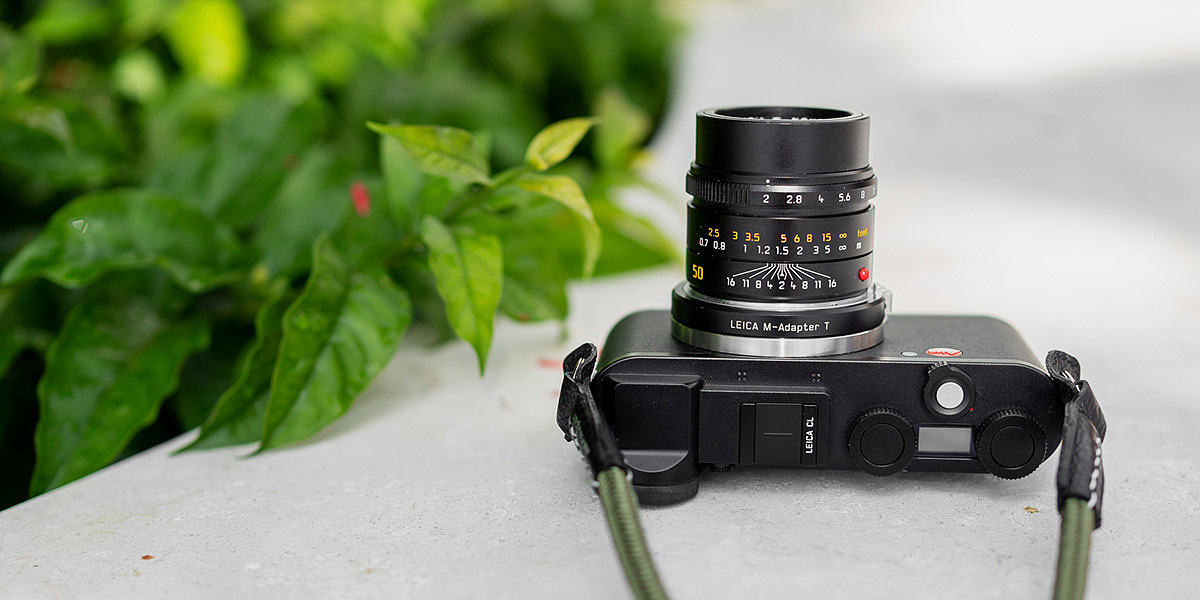
So, it’s not a coincidence that there is so much similarity between the two cameras?
Of course not. We try to merge technology as much as possible. If we see a good idea or concept, we use it. If the M group has a really great idea with button layout, or the Q team has a nice idea about touchscreen control, then we don’t have to do this again. We also try to make the customer experience as consistent as we can across our entire product portfolio. This is our approach to product development.
The control concept on the CL is a mix of old and new. How did you find the right balance?
This is a classic camera design. It looks very classic and iconic, but we don’t have a purely traditional control layout. Some might ask, “why wouldn’t you put a dedicated traditional shutter dial, or ISO dial?” Well, we have unmarked lenses, so we need to have a control interface that is the most configurable to the customer as possible. On M lenses, there is of course an aperture ring. On TL lenses, you can see there is no ring, other than focus.
We initially had one dial for aperture, and one dial for shutter speed. But, we listened to customer feedback . They wanted to be able to configure the dials, so we updated the camera to allow for this. So, even though the CL appears more classic, we borrowed heavily from the TL.
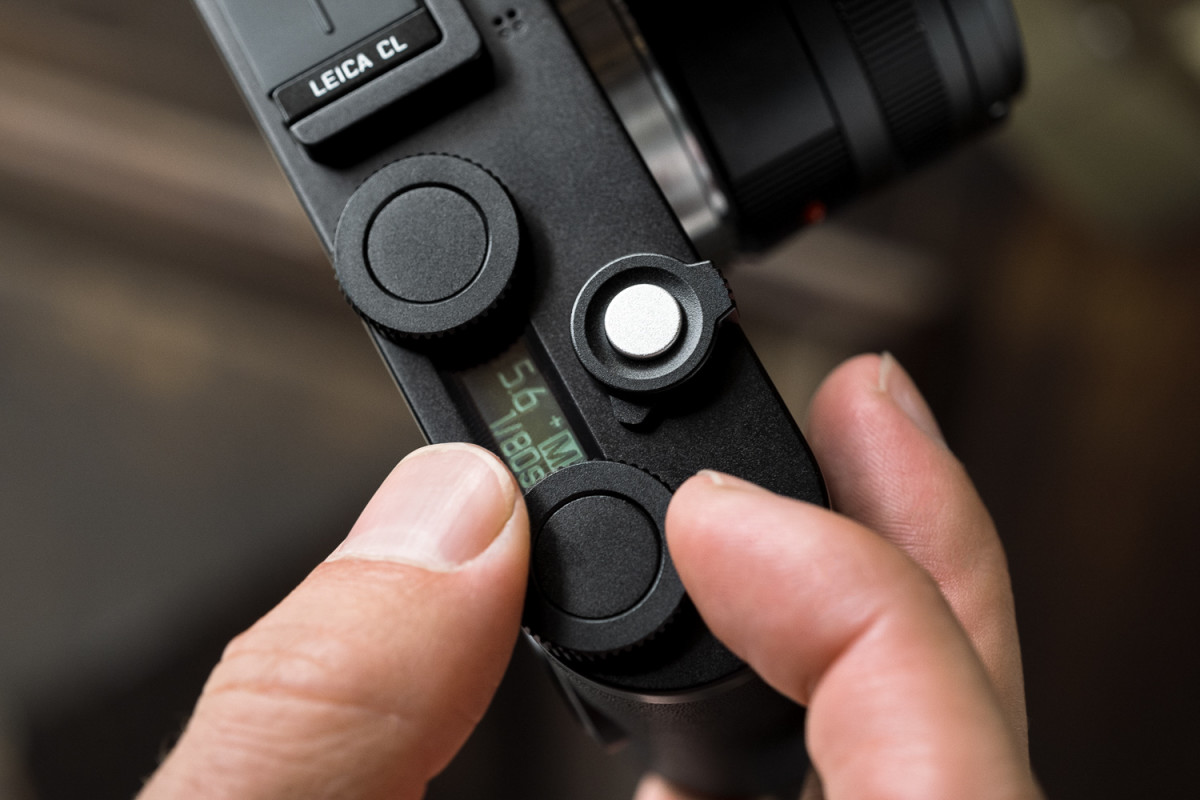
And what about the function buttons? Where did the idea to place the buttons inside the two dials come from?
We could have put other function buttons on the camera , and we had prototypes with buttons, but we found that the central function buttons were the most natural. When you’re holding the camera in your hand, your finger moves here very comfortably. It’s a good setup in that you can configure this camera to your own needs. I really like the hot button function buttons and top dials.
The ability not just to be able to customize the buttons, but also that their functions can be changed with a long press is great.
I can shorten the menu and assign just the functions I want. You know, the list of options for long-press selection can be customized in the menu. For me, I get rid of anything that I don’t need to use regularly. My camera is extremely streamlined to how I use it. This is always our goal. To get rid of anything extraneous and just focus on the essential.
You started doing this on the original T, right?
Yes. Absolutely, but also on other products, too. We always try to decide if something adds or takes away from the shooting experience.
But, you don’t want to take away functionality either.
Of course not. By enabling the customer to be able to customize their own camera, we can accomplish both goals: great functionality and uncluttered ease of use.
So, TL2 versus CL. Does the TL2 still make sense now that you have the CL?
It’s not TL2 versus CL. It’s TL2 and CL. They’re not competitors. They’re siblings. They have the same blood. Same mother and father. One is an extrovert, flashy personality. The other is more conservative. The both have the Leica values.
The T paved the way for the APS system. If we wouldn’t have had the T and what it did for us as a system, we wouldn’t have had the CL today. The APS system is important to Leica. Why not have two different approaches in terms of handling and design? The insides are roughly the same, so we can share R&D resources. One doesn’t take away from the other.
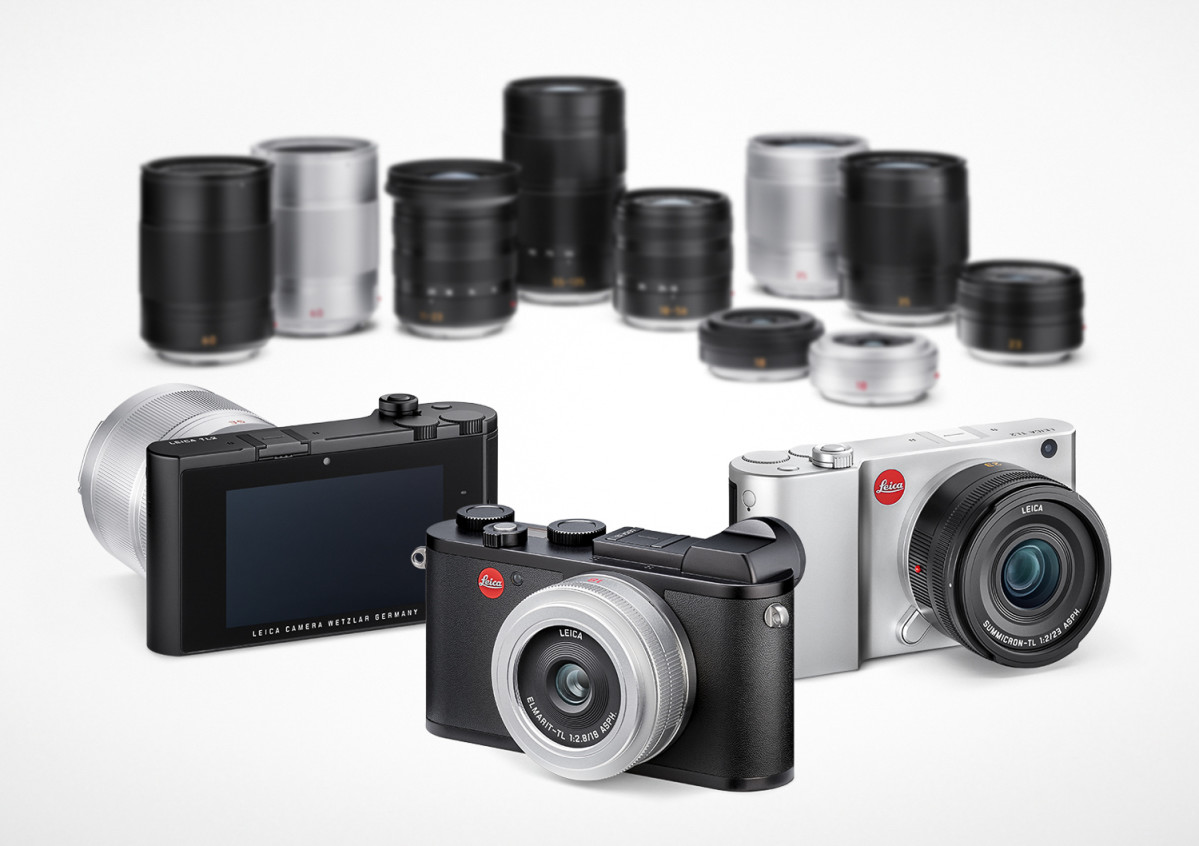
So development on both is still ongoing?
Yes.
Is there a possibility of an X3, using the technology inside the CL as a platform?
There is always a possibility, but the CL is almost the same size as the X2. The Q is now the large sensor compact camera. The APS cameras paved the way the Q. The X cameras had the sexy form factor, and were the first large sensor compact cameras when we launched the original X1 in 2009.
We launched the 18mm quite deliberately in order to create an “X3”. With the pancake lens on the CL, it is almost the same dimensions, and becomes a pocket camera. But, you also retain the flexibility of a system camera where you can change lenses when you need something different.
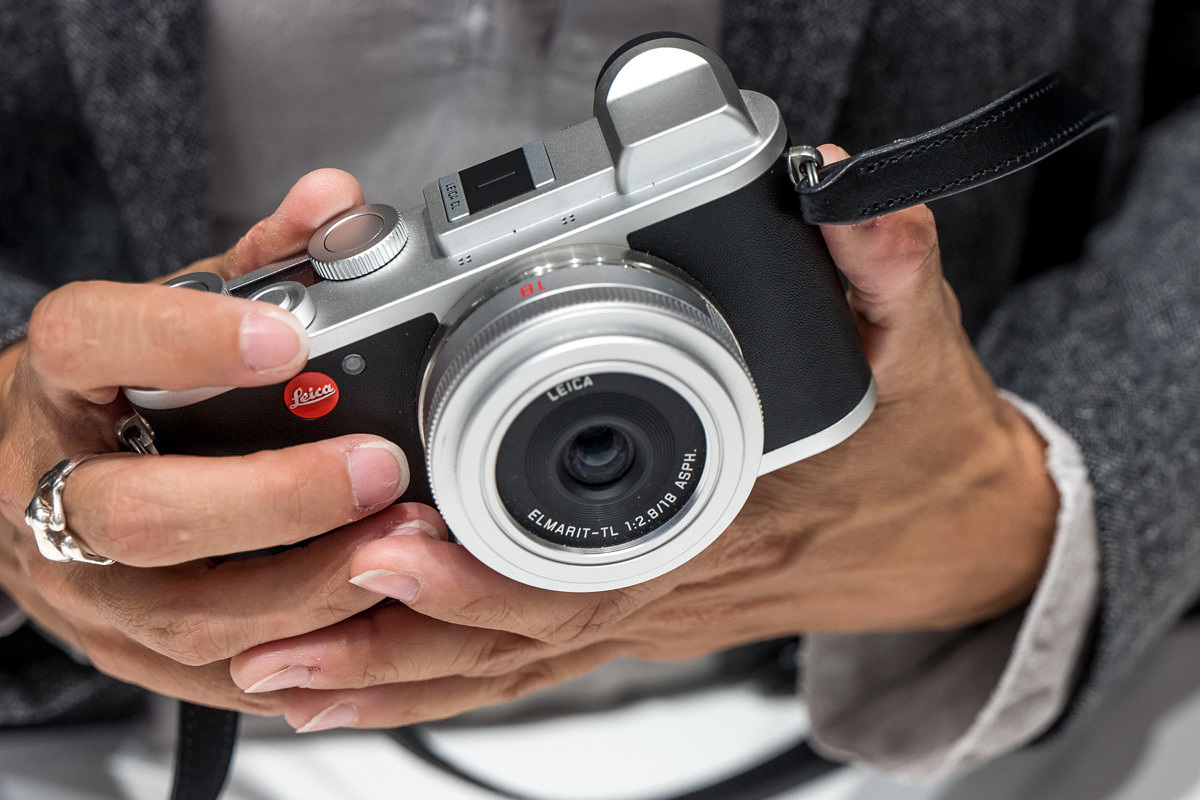
I still think there are those who would welcome a new X camera with the technology of the CL.
We have to see how our portfolio is shaping up and see how where the market is headed. I’m not ruling anything out, but I’m also not confirming anything either.
Are we going to be seeing more TL lenses?
There is always room for improvement. I’m very happy with the lens line as we have now. With three Varios and four prime lenses, we can fulfill many of our customer needs. We cover everything from 11 to 135mm, which is equivalent to 16 to 200mm in equivalent focus lenght. We also have a dedicated macro lens.
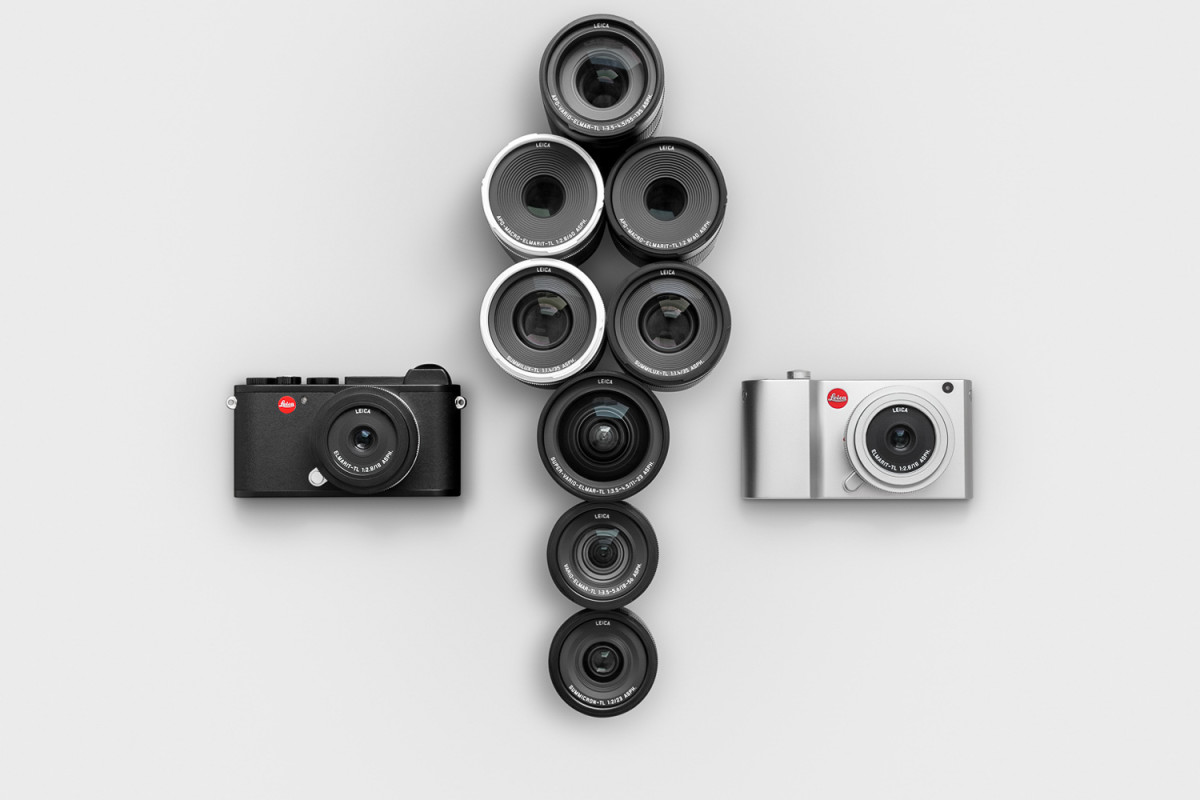
CL and TL2, alogn with the seven TL lenses
The first 1:1, or life-size macro for Leica, right?
Yes, that’s correct. All previous macro lenses were half life size, 1:2. We were able to achieve life size reproduction ratio and also keep the lens quite compact, even with internal focus.
So, you think the TL lens lineup is complete?
There are of course spots in the lens portfolio. The development is not over. We look very closely with Peter Karbe and his team to see what we can do next. Keep in mind that we also have the M adapter. You can attach 48 M lenses. SL Summicrons. R lenses. There are more than 120 lenses to choose from for this system.
Any requests from users?
There are requests for more Summilux lenses, so this might be something to consider in the future. My favorite lens is the 35mm Summilux. Also the 60mm Macro which, we already discussed, is incredible.
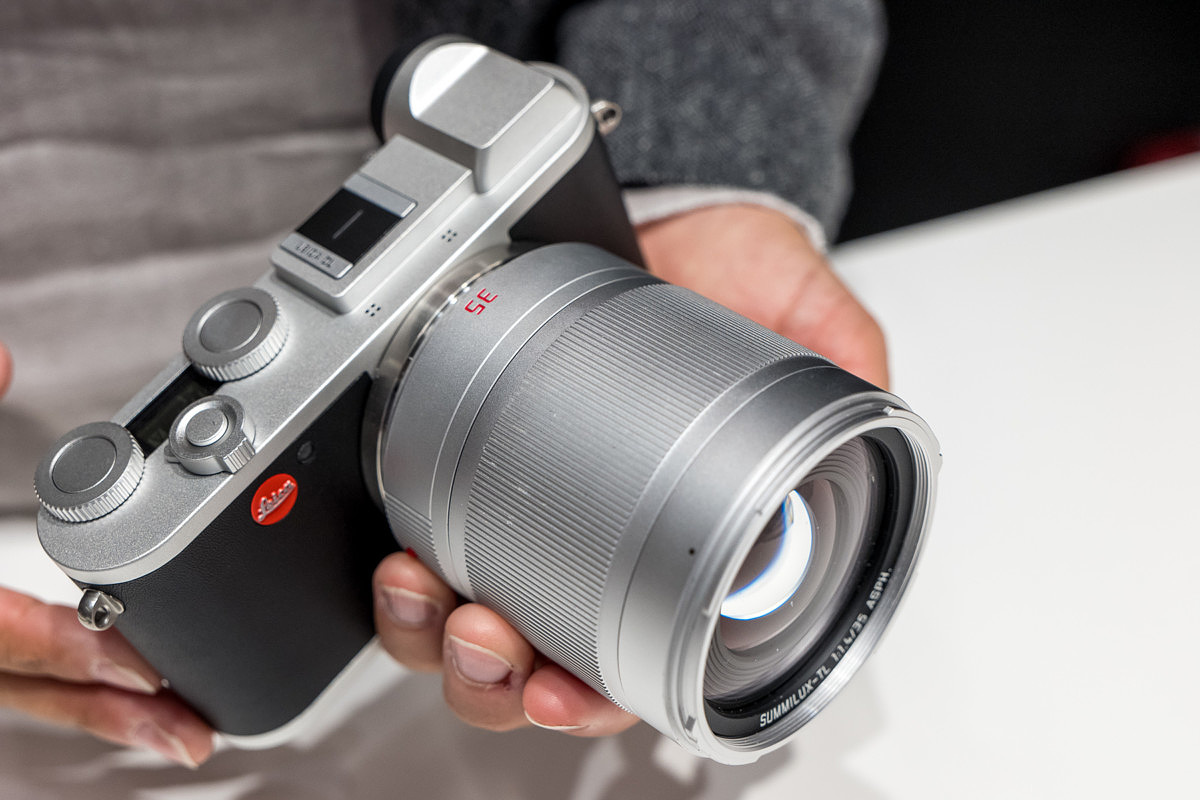
Funny. These are my two favorite TL lenses too. I’m also liking the 18 quite a lot.
We have one of the smallest lenses in the market with the 18mm. And it is a really, really good lens. In terms of image quality, we are the leader in the APS market with our TL lenses. Across the whole range, all lenses are excellent. True Leica quality.
And now with the L-mount alliance, there might be even more lens options from Panasonic and Sigma. In fact, Sigma already has a line of APS lenses in other mounts. Maybe we’ll see these in L-mount?
While I’m not aware of their plans, it does seem possible.
I saw that the CL was featured prominently in the Leica FOTOS app announcement.
Yes, the CL works quite well with the FOTOS app, but this app works with all of our modern WiFi enabled cameras. It’s really a great app. Very 2018 design.
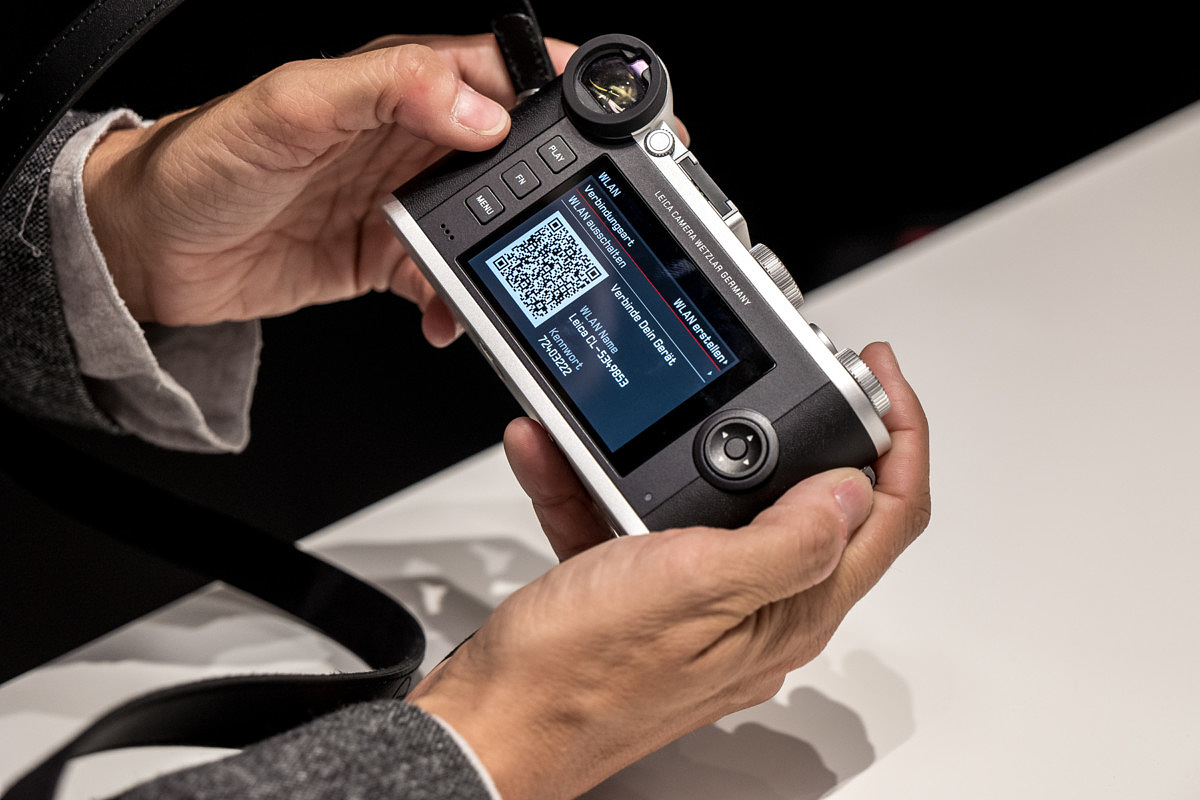
Quick connect screen for use with Leica FOTOS app
Wrapping things up, what do think about the future of the APS system for Leica?
The TL2 and CL just came out this past year, and have been very well received. The future looks very promising.
Thanks Maike.
Always a pleasure.
For other articles on this blog please click on Blog Archive in the column to the right
For other articles on this blog please click on Blog Archive in the column to the right
